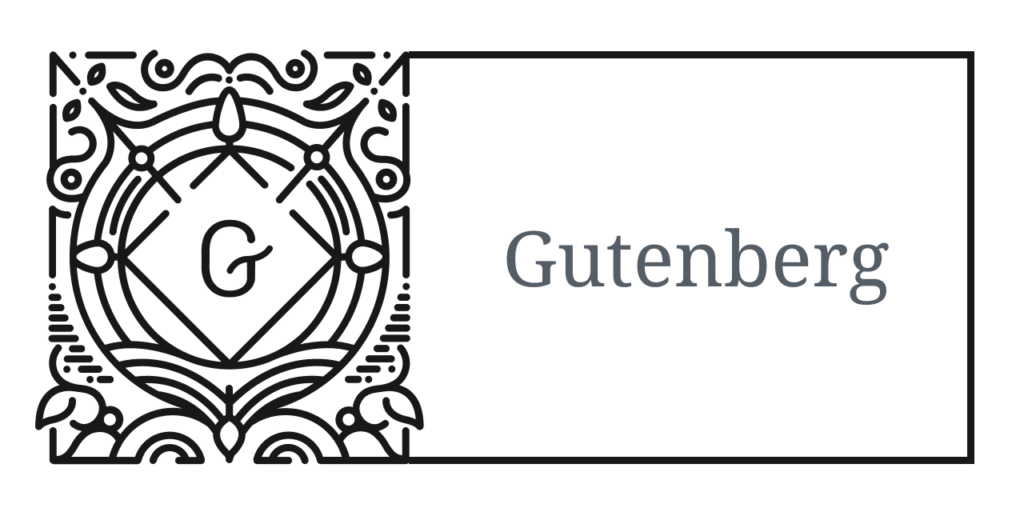
WordPress has a built-in text editor called Gutenberg, which became the new standard editor when WordPress 5.0 was released in 2019. It provides a lot of basic and easy-to-use features for adding web pages to your site. Many pages, like the one you are reading now, are edited in Gutenberg.
WordPress calls Gutenberg a “block editor” because it divides content into blocks. Each paragraph, subtitle, image, table, and more is added to a page in a discrete block. These blocks can be moved around, and individually colored or deleted.
If you are familiar with the old WordPress text editor — now called the “Classic Editor” — then the CodeInWP article “How to Use the New WordPress Block Editor” will provide an introduction to Gutenberg. The official WordPress Editor guide may also be helpful.
The video below from Kezz Bracey at Envato Tuts+ provides a good overview of Gutenberg blocks. Note that the latest version of Gutenberg on your site may have moved a couple of the interface elements, like the little “plus” symbols, but they work the same.
Note that some plugins add new types of blocks. For example, after you install the WPForms plugin, there will be a WPForms block type available to you, so you can easily insert forms onto your page.
Resources related to WordPress: